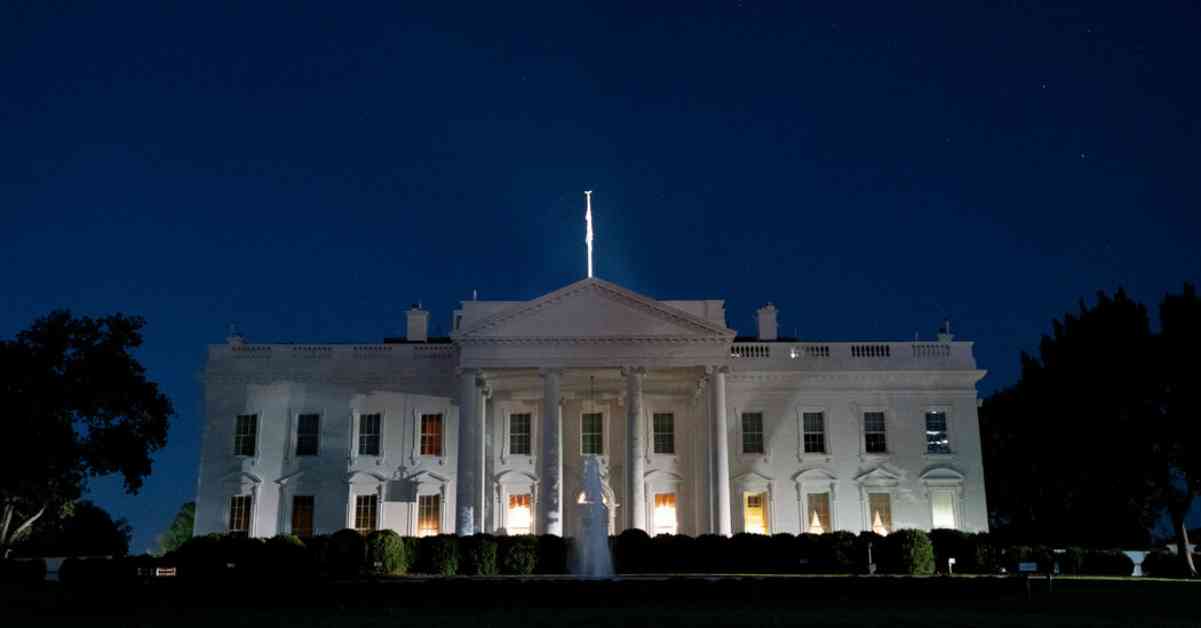Blockbuster decisions by the Supreme Court’s Republican-appointed supermajority have been at the center of attention recently. These decisions have expanded presidential authority while also limiting the power of executive branch agencies. This may seem contradictory on the surface, but it actually aligns with a long-standing agenda of the conservative legal movement.
For decades, Republican presidents have been working to increase the power of the White House over the permanent government machinery. The recent rulings by the Supreme Court reflect this agenda. They have granted immunity to presidents, such as former President Donald J. Trump, allowing them to avoid prosecution for crimes committed while in office.
At the same time, the court has made it more difficult for administrative agencies to impose regulations that could impact the profits of businesses. These regulations cover a wide range of areas, from environmental protection to consumer safety. The conservative legal movement views this as a positive development, as it believes in expanding presidential power while limiting the authority of regulatory agencies.
This focus on presidential power versus regulatory authority is not new. It has its roots in the New Deal era, when the complexity of the economy necessitated the creation of regulatory agencies to ensure fair competition and protect consumers. However, the conservative legal movement has long been critical of these agencies, viewing them as bureaucratic overreach that hinders economic growth and individual freedom.
By expanding presidential power and restricting the authority of regulatory agencies, the Supreme Court is aligning with the goals of the conservative legal movement. This is seen as a strategic move to empower Republican presidents to dismantle the administrative state when they come into power. It is a reflection of the ongoing ideological battle over the role of government in shaping economic and social policies.
Overall, these recent decisions by the Supreme Court highlight the growing influence of the conservative legal movement in shaping the balance of power within the government. While the court’s rulings may seem contradictory at first glance, they are part of a larger agenda to centralize power in the executive branch and limit the reach of regulatory agencies. This has significant implications for the future direction of government policy and the balance of power between the branches of government.




